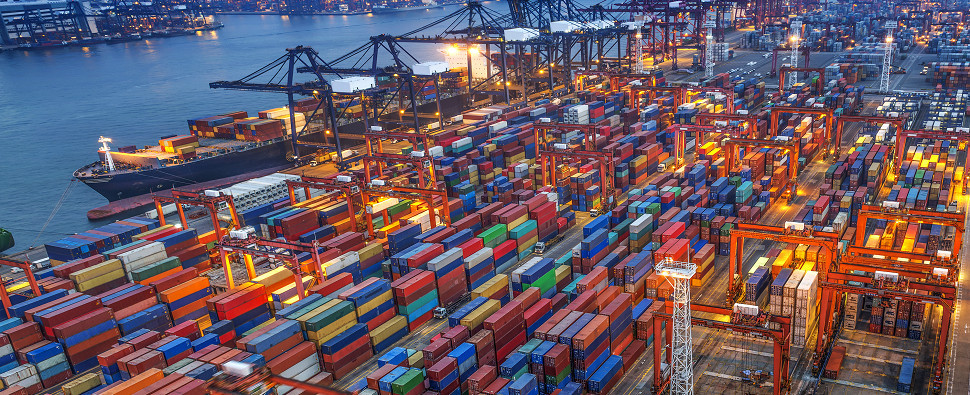
It seems that I was a few months too early when, last October, I thought that by Chinese New Year “supply chains” could be retired as a blanket excuse for why everything is late and expensive. But here we are, a couple of weeks away from the holiday, and there are still ships waiting off the coast and annoying shortages persist.
I was not entirely wrong at the time. For about two weeks in October, the prices and availability of both container ships and the “dry bulk” carriers that shuttle commodities such as iron ore and coal were rolling over. It looked as though the world could indeed get back to normal by mid-February.
And, indeed, The Baltic Dry index of bulk cargo shipping prices has continued to plunge, from a high over 5,000 at the beginning of October to a bit over 1,500 today. This is confirmed by weak iron and metallurgical coal prices and declining shipments.
That’s encouraging, but most end products or parts we need come in containers, and deliveries of those boxes are still delayed in transit. Why has it taken so long to get these parts of the global supply chain fixed?
The most serious post-October supply chain challenge is the spread of the Omicron variant. This has worsened skilled labor shortages that have concatenated around the world.
However, according to public health and logistics experts, it seems as though recovery from its effects and infectiousness will be more rapid than was the case with earlier variants. So those staff shortages should start to improve next month.
Second, even though the ships outside Californian ports have become the iconic images of supply chain problems, the more serious and prolonged tangles have been in land transport. Omicron absences have affected the availability of truck drivers but there are other complications, the most serious of which can be attributed to policy failures.
In America, the Biden administration chalked up a massive own goal in May 2021, when it approved 221 per cent tariffs on truck chassis imported from China. Chassis, in this context, refers to the relatively simple structures attached to the rear of a truck that make it possible to transfer containers directly from a ship or on to a rail car.
These low-tech assemblies are essential for the “intermodal” transport that revolutionized global supply chains. According to Lars Jensen, a container shipping specialist in Copenhagen, “the chassis shortage has become a debacle”.
The chassis tariffs were a leftover Trump administration ‘Buy American’ proposal that could have been shelved in the name of pandemic recovery. But no. And the consequent chassis shortage has led to parts and goods backlogs around the world.
Tim Denoyer, a trucking analyst with ACT Research, a surface transport consultancy in Indiana explains: “We were already underinvesting in chassis by 2019, and the beginning of the pandemic damped demand. Then the tariff was imposed in May of last year and that tripled the cost of chassis overnight.”
US manufacturers needed time to ramp up their own production. Already, according to Denoyer, “the population of chassis is already 4 per cent to 5 per cent below the previous peak in 2018. We are now building American chassis at the rate of 2,000 or 3,000 per month, but with a total market of 500,000 chassis, it’s going to take time to catch up to our requirements.”
The chassis shortage means it is not possible for trucks to pick up enough containers at US ports, and to bring back the empty containers. This also puts more strain on the rail transport system. Jensen says there are cases of importers picking up containers and leaving them on chassis in parking lots, exacerbating the shortage.
And because the containers are not moving faster, ships on global routes are waiting in port or sailing slower to conserve port charges. So, the US chassis shortage echoes around the world. But the White House got the “announcement value” of imposing its tariffs.
Europe has its own policy failures, starting with Brexit paperwork and immigration restrictions that have worsened staff shortages. China’s drastic “zero-tolerance” Covid policies at ports also contributed to delays. But this practice has begun to moderate, according to logisticians and shipping experts. Infections detected in parts of a Chinese port are less frequently leading to total shutdowns.
Even after the truck chassis arrive and Omicron infections tail off, there will be higher energy prices and spot shortages of commodities. But by the second half of this year, global supply chains should finally be untangling.
Source: Financial Times January 21, 2022 | By John Dizard